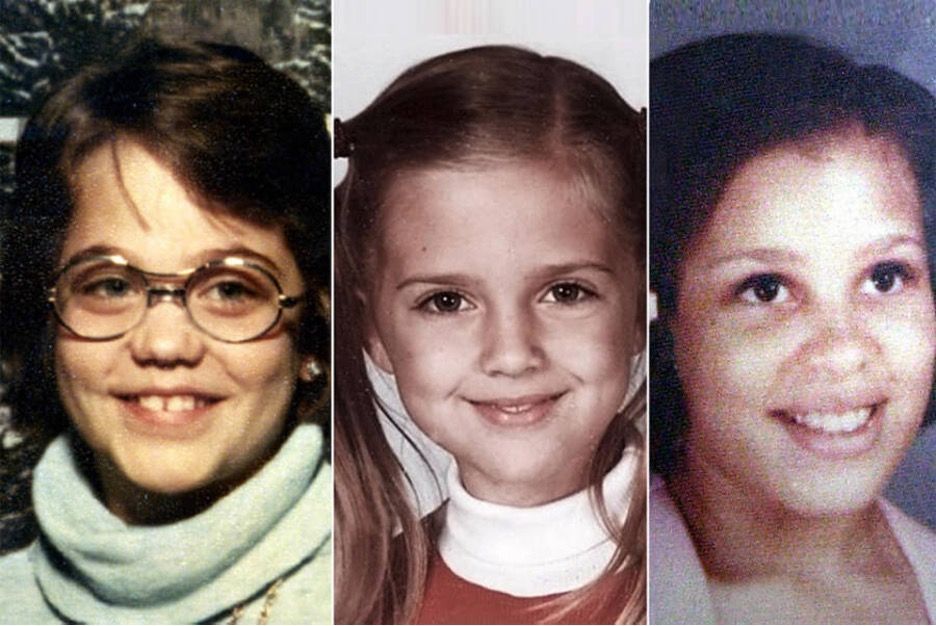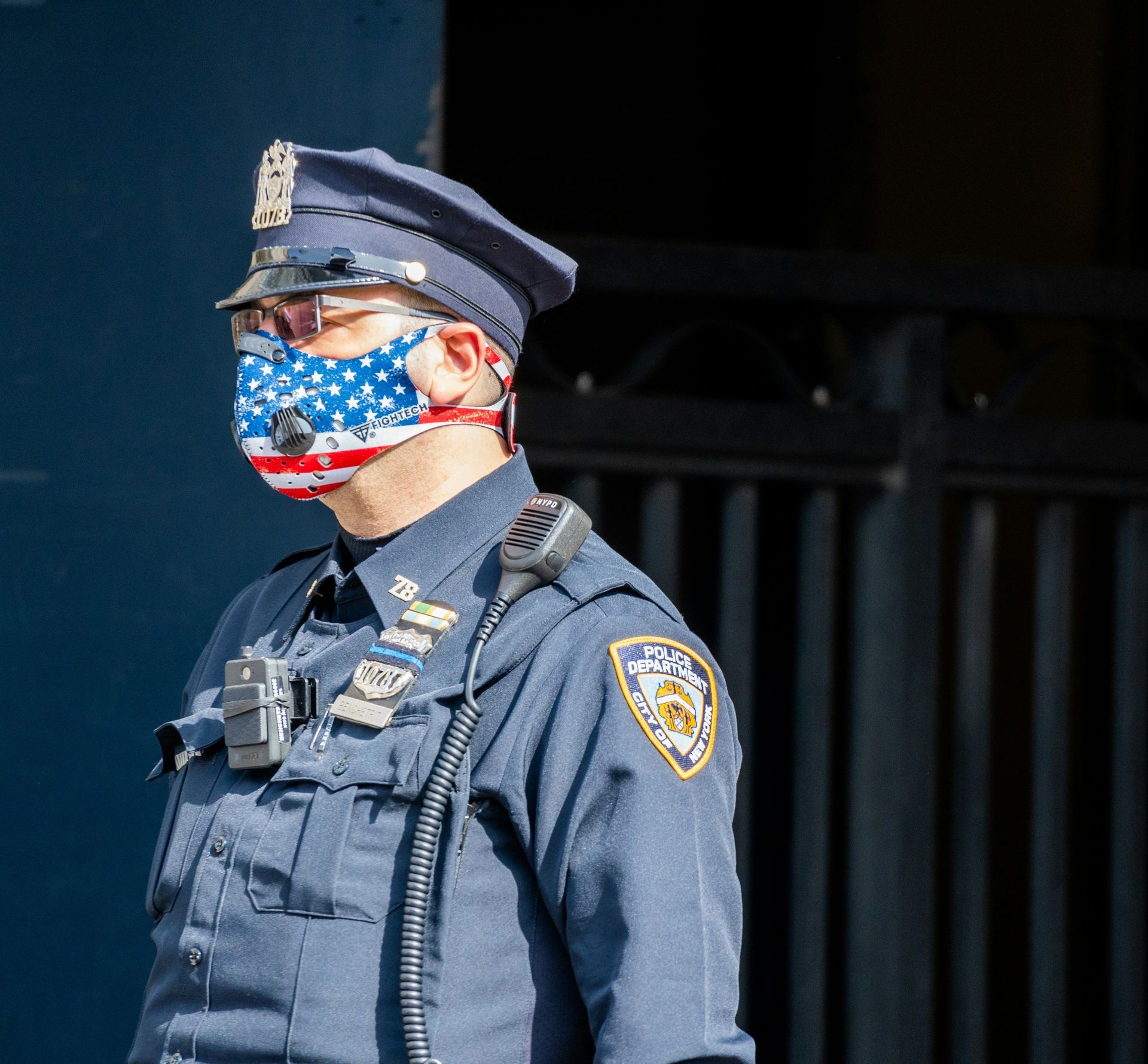Inside the Case File: People v. David Hayes
Teaching Trial Advocacy Through Realistic Legal Hypotheticals
One of the most valuable ways to prepare future litigators is to immerse them in the realities of a criminal case—not just the statutes and elements, but the ambiguity, the gray areas, and the human stories behind every piece of evidence.
When I teach Criminal Trial Advocacy, my students aren’t just handed neat summaries or sanitized hypotheticals. They’re handed a case file.
And not just any file—one written to mirror the complexity of real-world prosecution and defense work, complete with police reports, forensic results, character contradictions, and evidence that doesn’t always point in a straight line.
People v. David Hayes is one such case. It begins in 1992 with the discovery of a young woman’s body in a quiet canyon road. It lies dormant for decades—until DNA technology advances, and suddenly, the cold case thaws. Now, students must comb through the details and prepare for trial, either for the prosecution or the defense.
What follows is a short excerpt from the opening section of the file, designed to drop them right into the scene.
Excerpt from the LAPD Homicide Report
LOS ANGELES POLICE DEPARTMENT
REPORT OF INVESTIGATION
On Saturday, August 8, 1992, I received a call on my car radio that a woman’s body had been found alongside Old Ranch Road near Mandeville Canyon in the Brentwood area of Los Angeles. I was driving back to the West LA station at the time from an unrelated crime scene. The call came in to me at 7:03am. I radioed back that I was in the area and could respond, and I asked for backup.
I arrived at the location, about halfway up Old Ranch Road near the intersection with the first Horse Trail, at 7:11am. Several bystanders were gathered at the location.
I observed a woman lying face up just off the side of the road near some tall bushes. She was lying on the east side of the narrow, winding roadway. I examined the woman and quickly determined that she was dead. I observed a large wound to the left side of her chest, which appeared to be a stab wound. Based on the body’s temperature and the condition of the dried blood, the woman appeared to me to have been dead for several hours. I searched a perimeter around the body, including in the bushes, and found no weapons. The dead woman was fully clothed in a white sleeveless bodysuit, shorts, and sandals. The front of the bodysuit was saturated in blood. There was no purse or handbag or any other personal possessions near the body or in the area. I checked for some form of identification on the body and found only one item, in the front pocket of the shorts: a credit card Visa receipt from a bar named Bottoms Up on San Vicente in Brentwood. The receipt indicated a charge for a Cosmopolitan cocktail and was dated from 9:00pm last night, August 7, 1992, and was signed by a Barbara Miller.
A man and woman approached me and stated that they had been the ones who made the discovery. They identified themselves as John and Linda Thomas. The Thomas’s had been out walking their dog when they saw the body on the side of the road. The man said that he saw all the blood and thought the woman looked dead, but he touched her wrist just to be sure. Feeling it to be cold, he did not touch or disturb the body any further. The couple then ran a quarter of a mile down Old Ranch Road to their home and called 911.
Back-up units arrived on the scene within two minutes of my arrival. I supervised officers as they cordoned off the crime scene perimeter. I made sure no one came near the body or the immediate crime scene. I called in the LA County Coroner’s Office and the LAPD Forensic Investigation Division. I remained on scene until 1:55pm when both teams were finished up and the body was removed. No other personal items were found on or near the body.
There were no identifiable footprints or other forensic evidence recovered near the body and there was no blood in the area other than on the victim. Based on my experience as a homicide detective investigating crime scenes, it is my opinion as well as that of the forensic team that the victim was killed elsewhere and that her body was dumped on the side of the road.
Detective Robert Coleman, LAPD Homicide Division 8/8/1992
That’s the beginning. From there, students sift through interviews, analyze forensic results, confront red herrings, and make tough calls about how to build—or defend—a case with imperfect evidence. They learn that "reasonable doubt" is not just a phrase, but a force. That storytelling in court must be backed by fact. And that a case can hinge not just on DNA, but on how you interpret what isn’t there.
If you’re interested in how case-based learning prepares the next generation of legal minds—or you’d like to explore more teaching materials—I’ll be sharing additional excerpts and reflections in upcoming posts.
Stay tuned.









